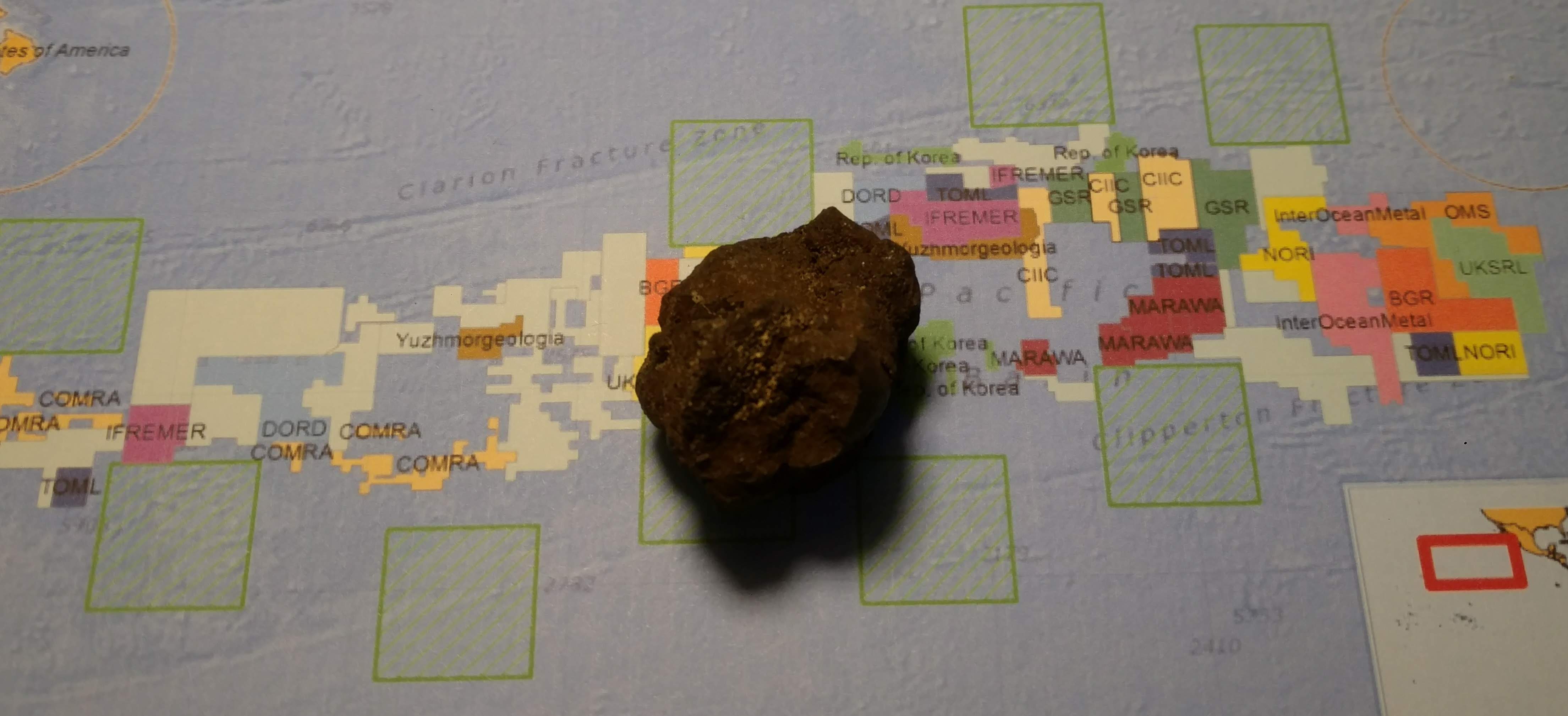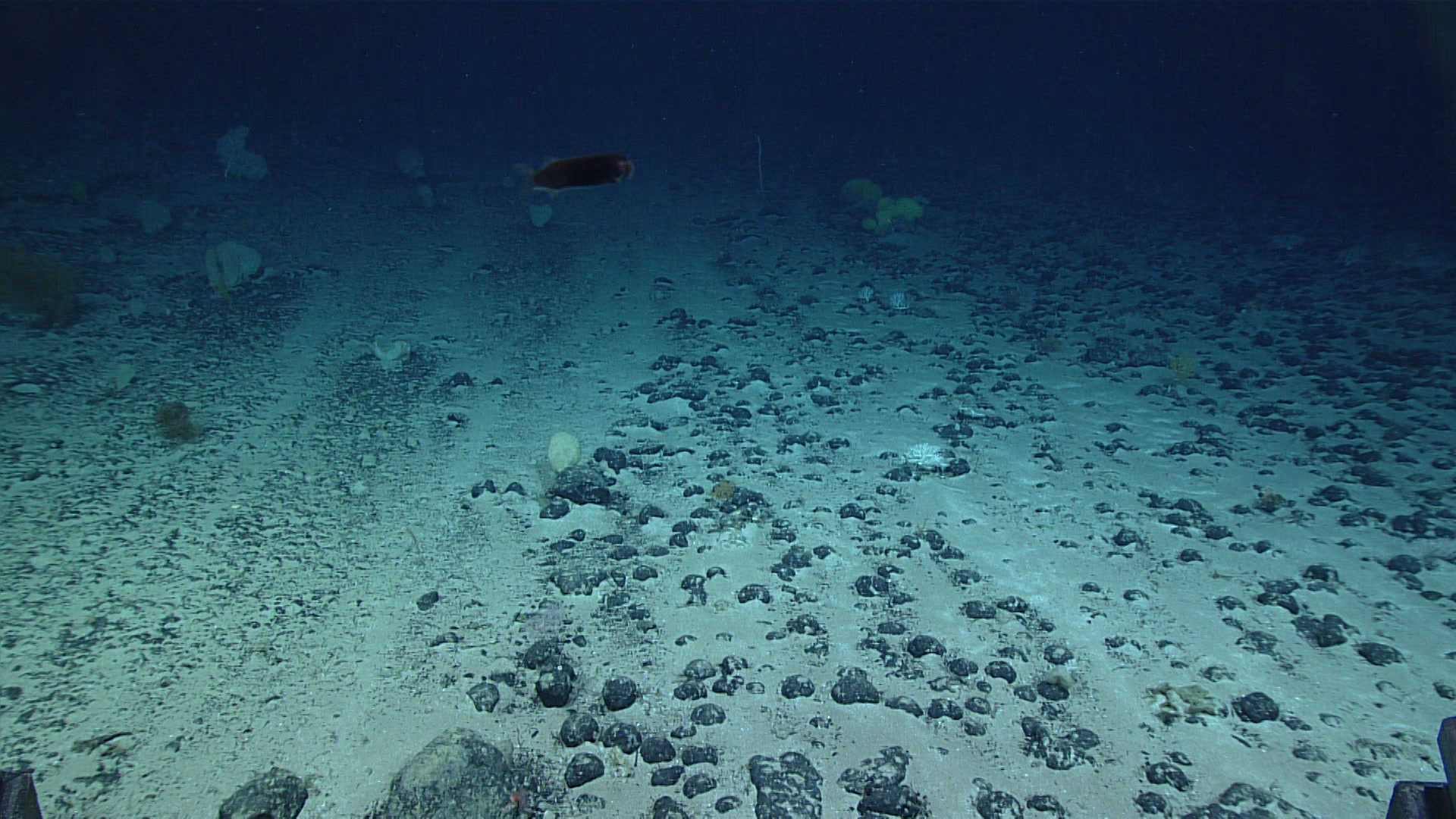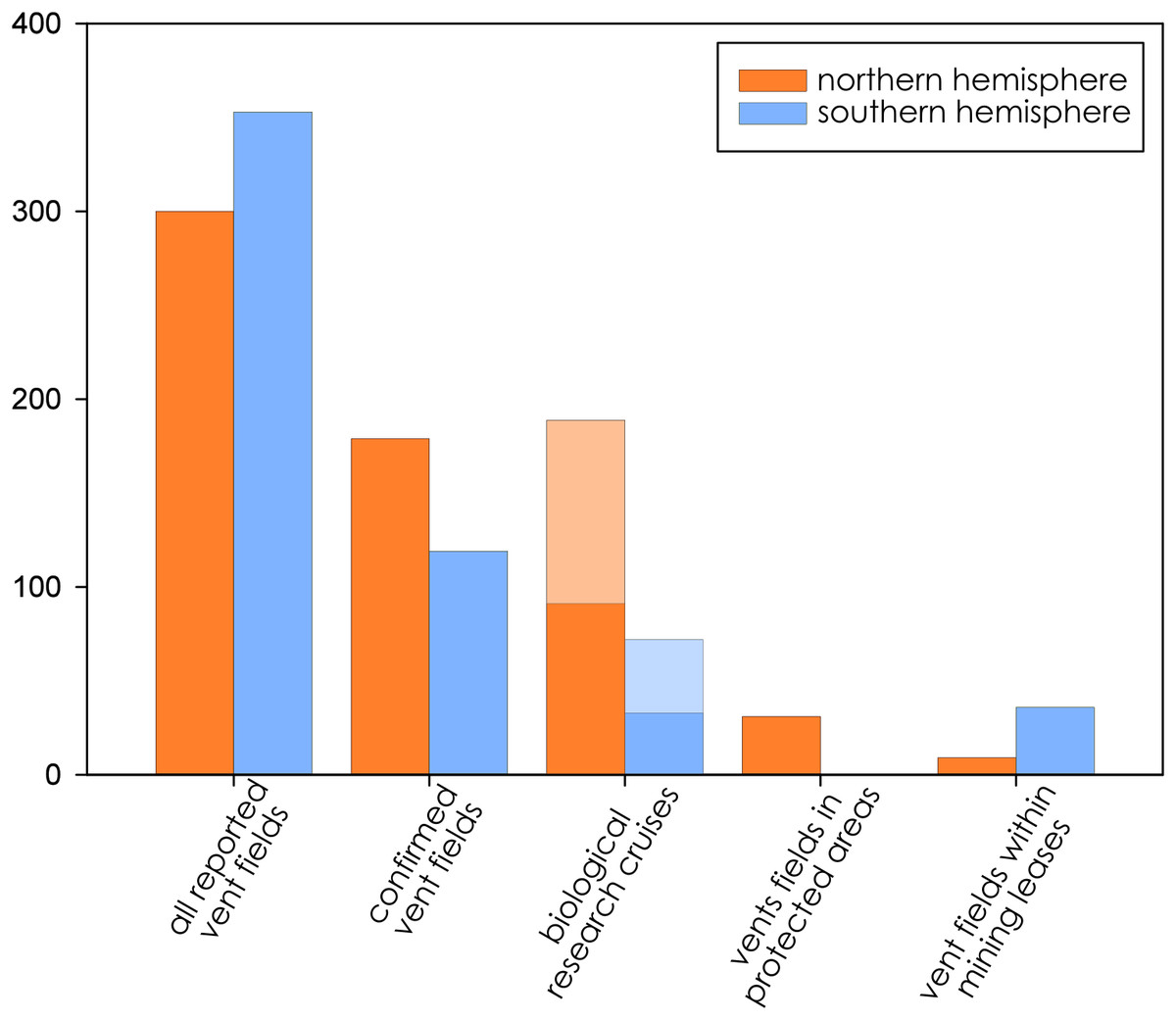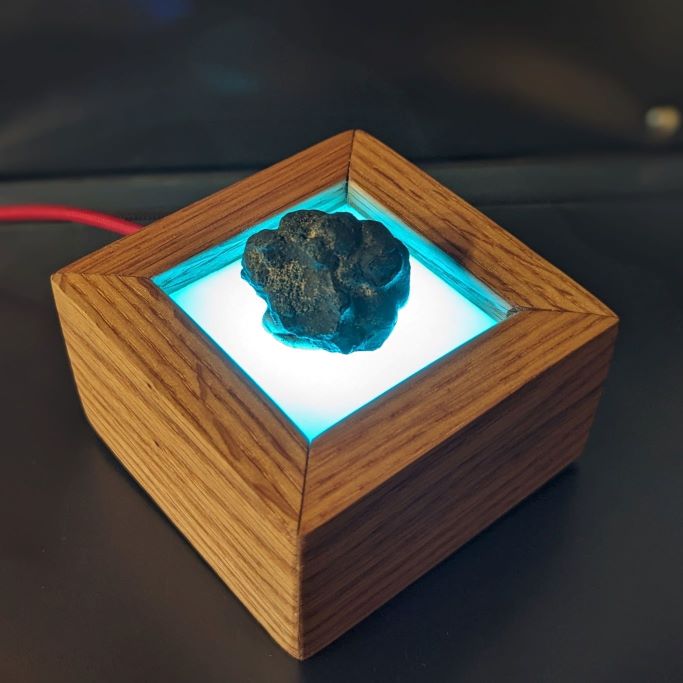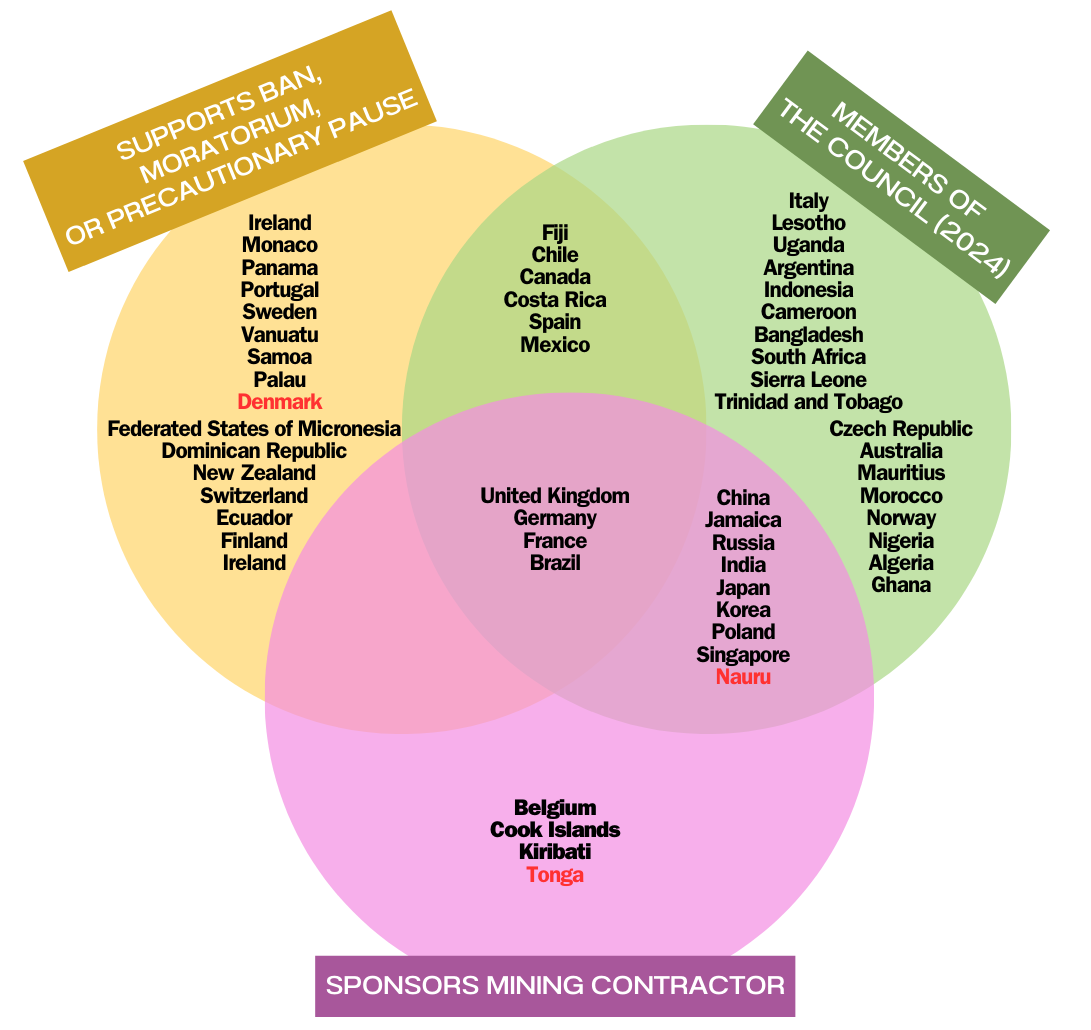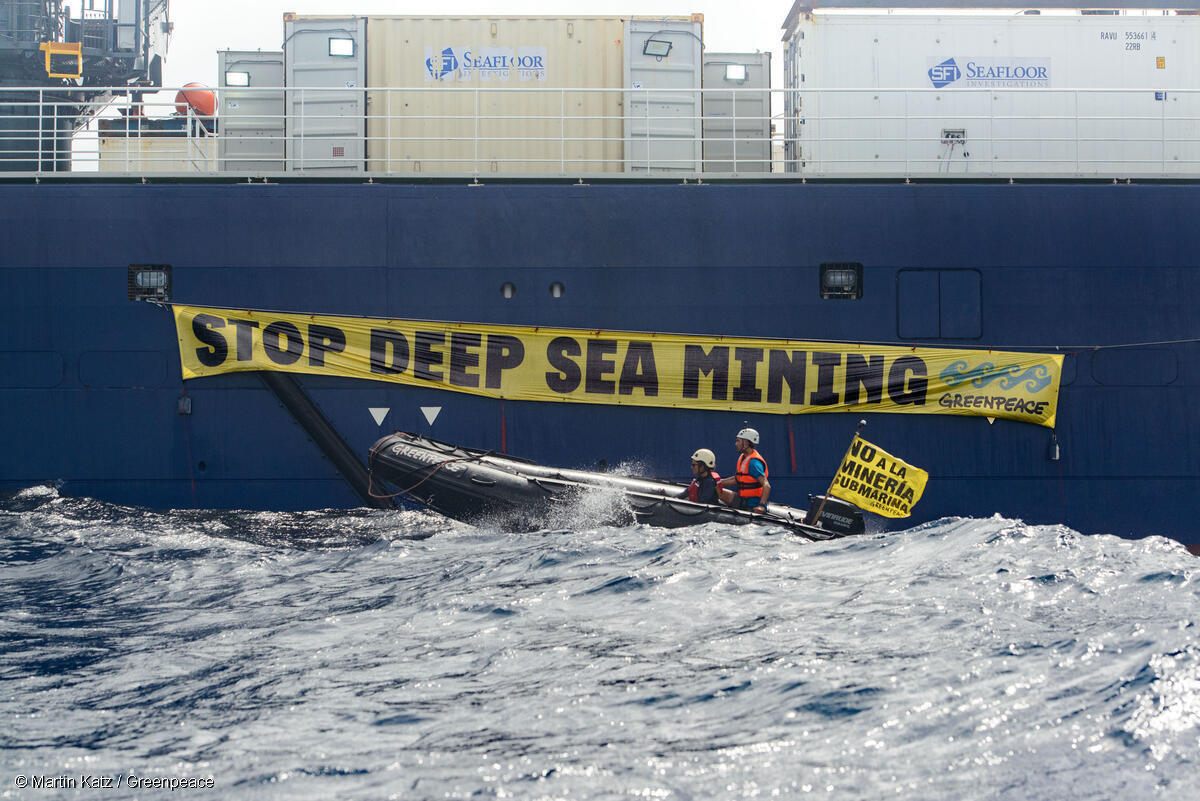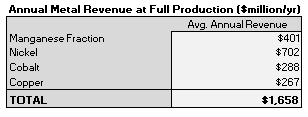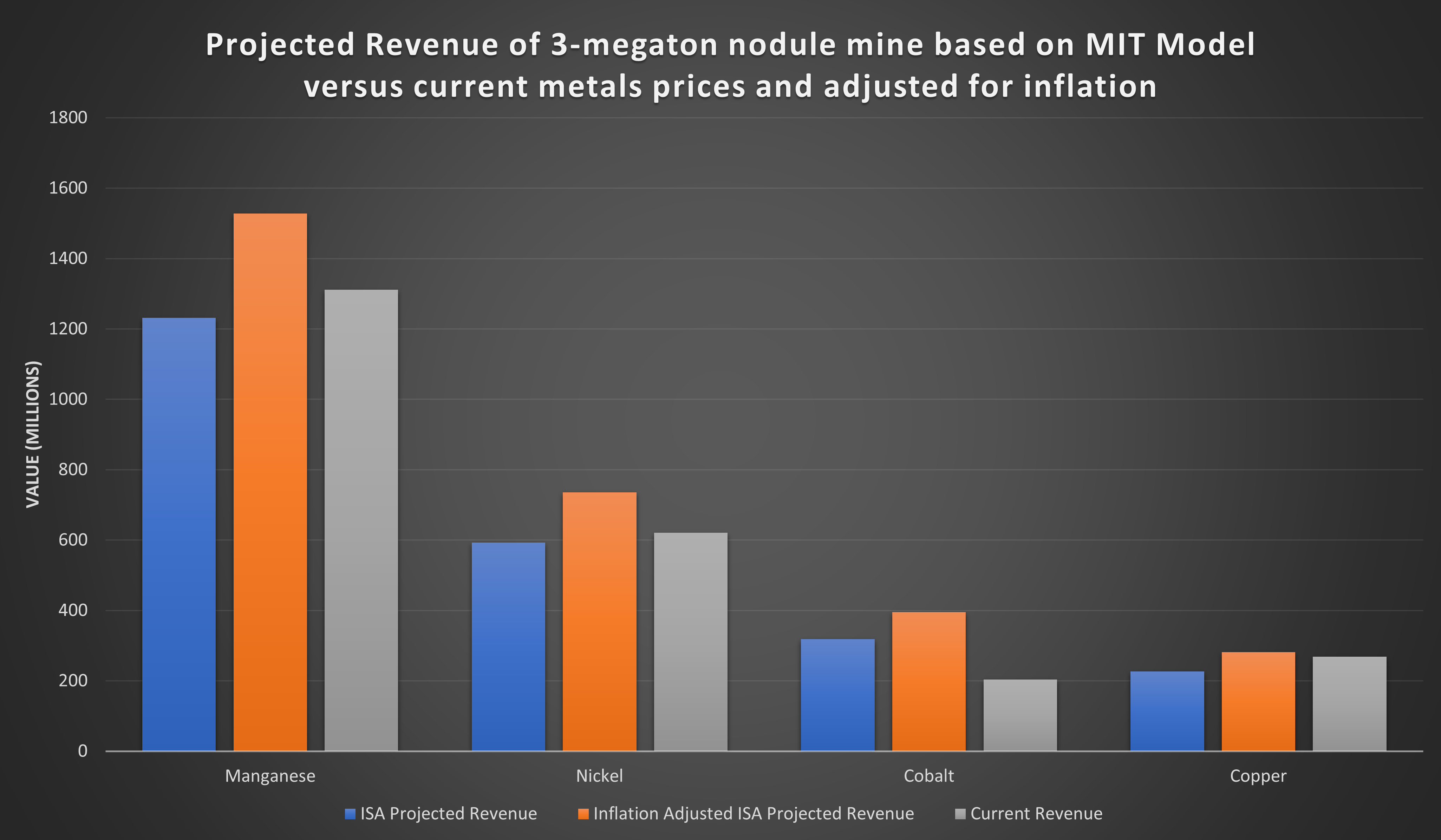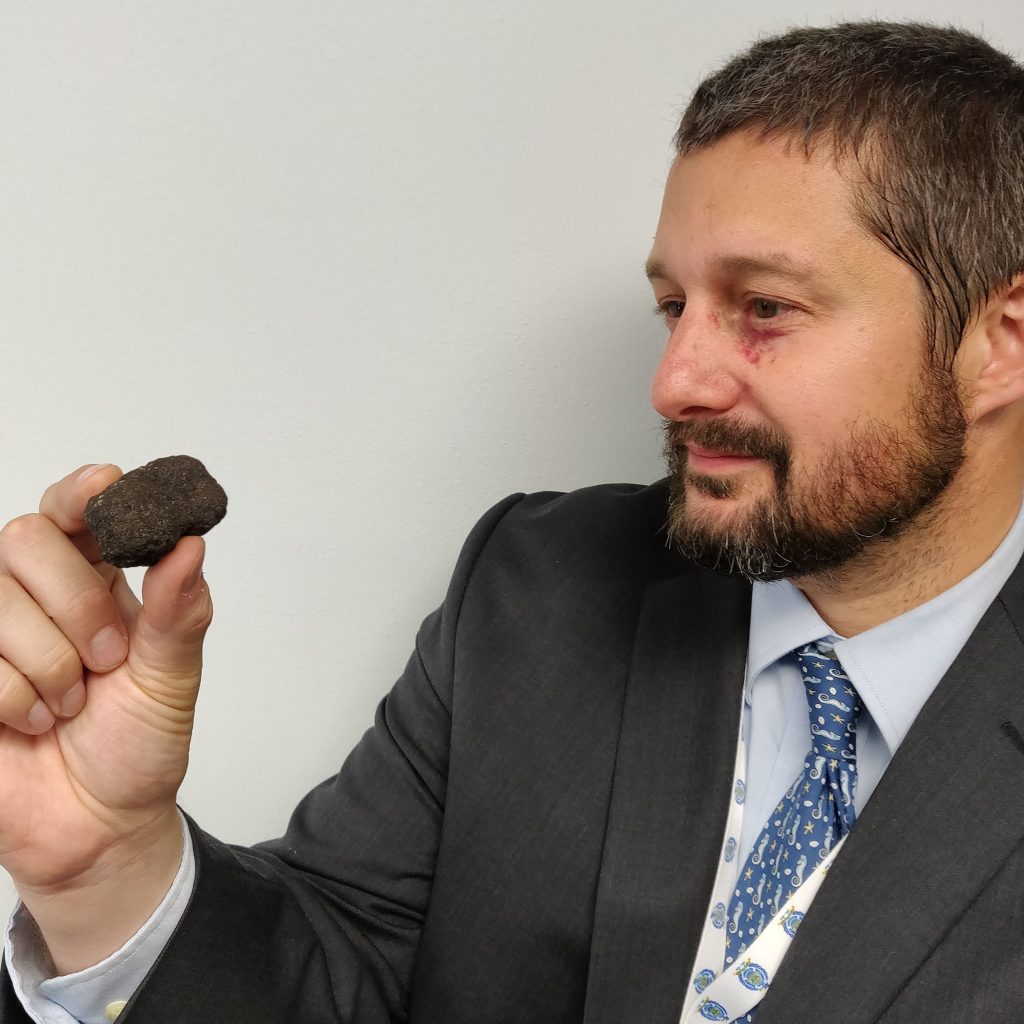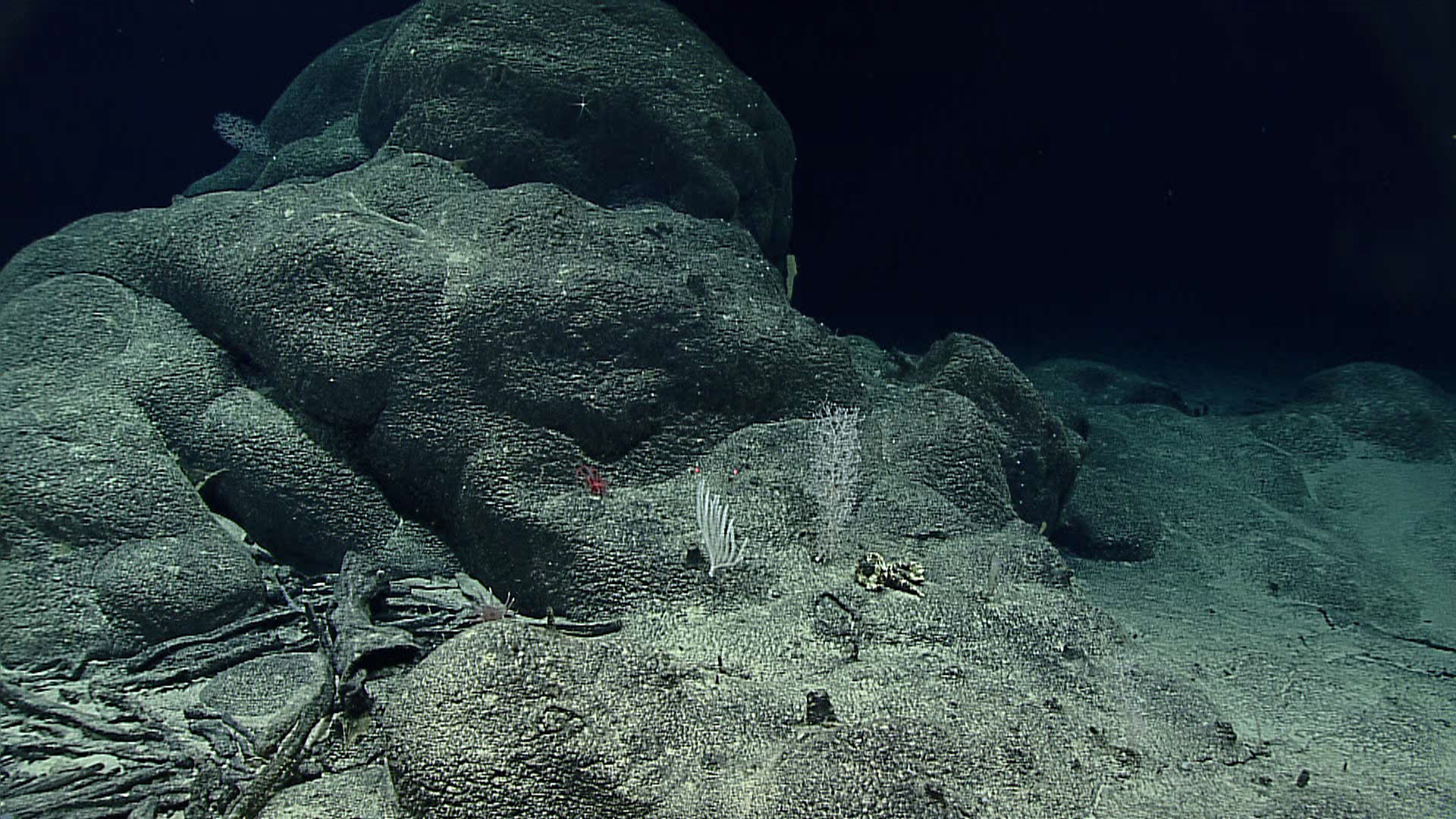The third part of the 27th session of the International Seabed Authority, a meeting where the rules and regulations about how the deep ocean will be mined, begins today. If process is your jam, you can watch the UN negotiations here: https://isa.org.jm/web-tv
For a very concise overview of where we currently stand, I published the transcript of my recent talk, here: Deep-Sea Mining: A whirlwind tour of the state of the industry and current policy regimes
Some recent press to get you up to speed
- Landing on the Abyssal Plain
- New Zealand joins call for ‘conditional’ ban on seabed mining in international waters
- NZ Opposes Seabed Mining in International Waters
- Cook Islands Seabed Minerals Authority ‘concerned’ with New Zealand’s call for deep sea mining ban
- The Case Against Deep-Sea Mining
- How will China’s submersibles help us explore the ocean depths?
